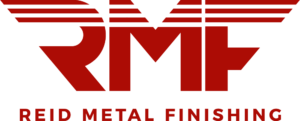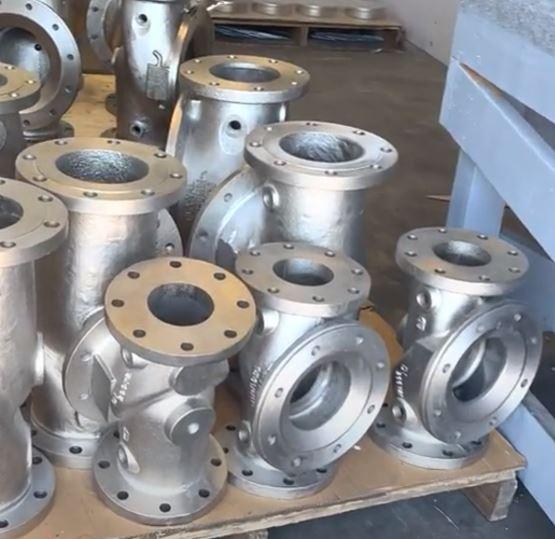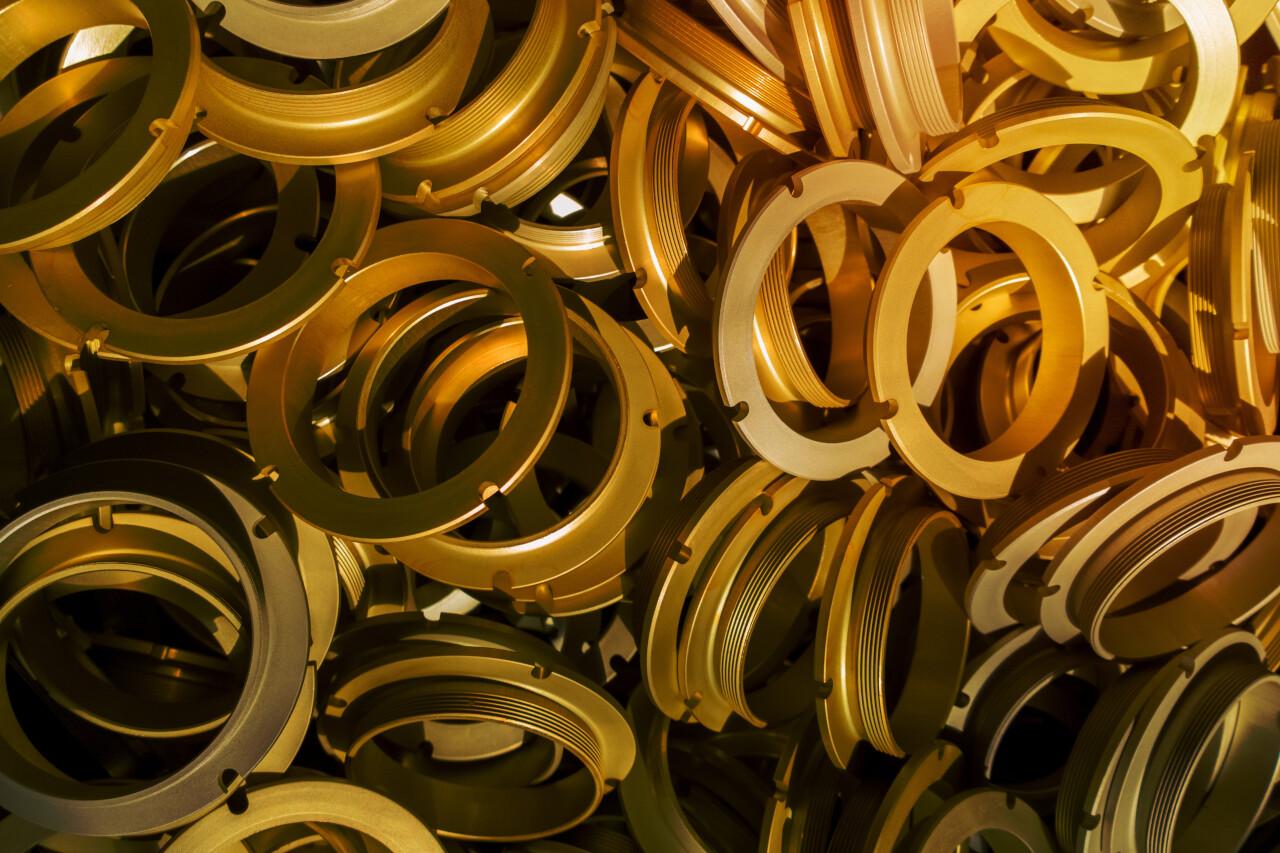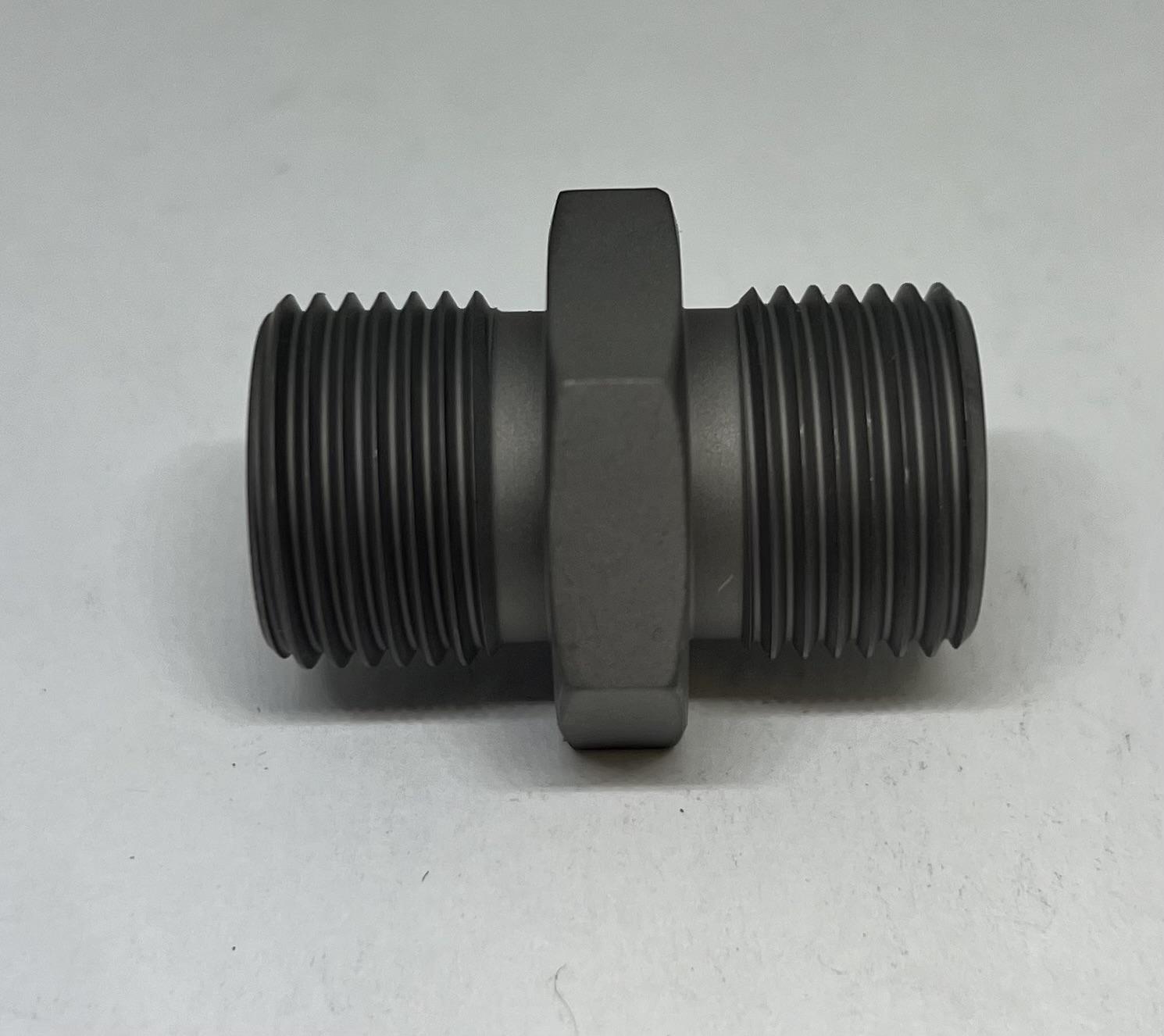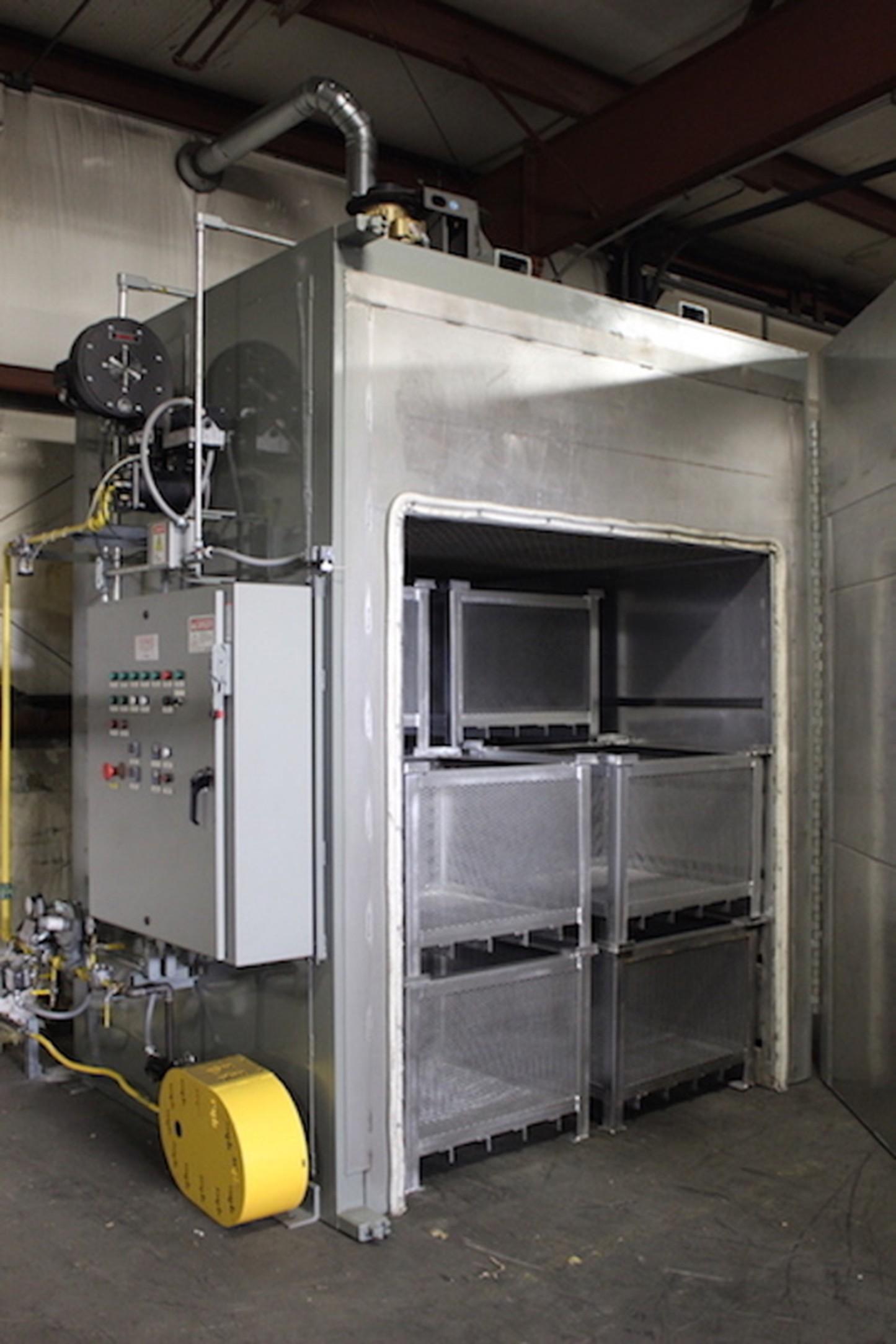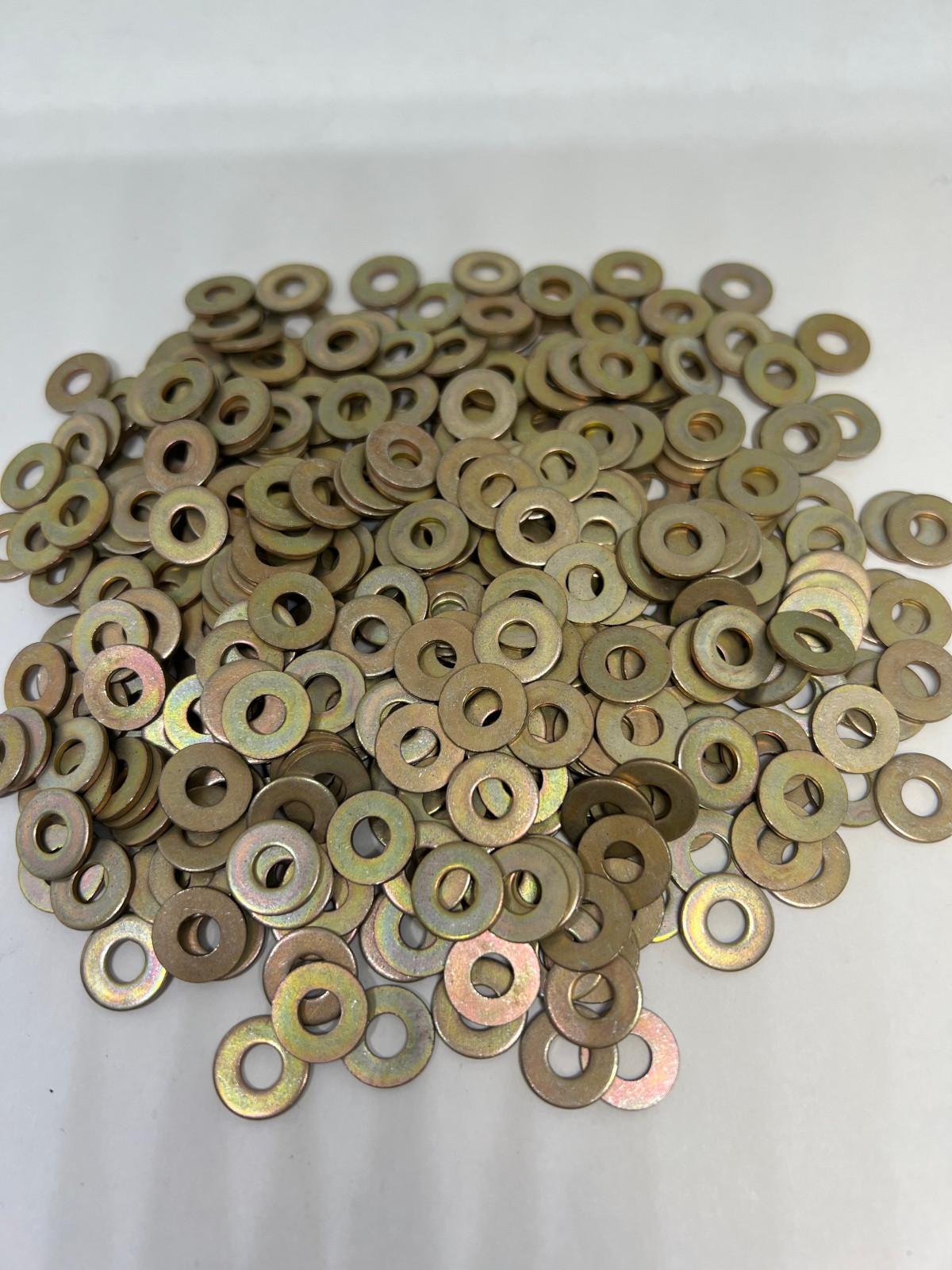NADCAP Approved Plating at Reid Metal Finishing: Maintaining Rigorous Industry Standards
Reid Metal Finishing (RMF) has long been dedicated to upholding especially stringent and rigorous quality management standards and industry certifications related to metal finishing. One of the major certifications that our company maintains is the various parts of NADCAP accreditation.
What is NADCAP–and what all does this program cover?
NADCAP stands for the National Aerospace and Defense Contractors Accreditation Program, and it was created to improve and manage conformity and auditing for defense contractors in Aerospace, Defense, and related industries. The goal was to improve quality control for suppliers in these industries, standardize quality assurance, and overall enhance the safety and performance of any products or services offered by defense contractors and suppliers. For RMF, our NADCAP certification covers our metal finishing and non-destructive testing.
NADCAP Accreditation for Chemical Processing and NDT at RMF
As part of our adherence to industry standards for metal finishing, RMF is NADCAP certified for chemical processing and non-destructive testing. And the scope of this certification is much more detailed and extensive than you might initially realize.
NADCAP audits individual processes–such as different types of non-destructive testing, or plating operations, as well as individual touchpoints, especially at smaller or more specialized companies. The audit covers each process from start to finish–and not only ensures that the company is maintaining rigorous quality control measures, but also reveals ways that they can improve their efficiency and safety. That eventually turns into benefits for our customers as well–we can offer improved lead times, better quality, and lower costs with each improvement.
At the end of the day, a NADCAP certification of compliance offers our customers a look into how dedicated we are to provide them with the absolute best–they know that they can trust us to adhere to the industry’s best practices and maintain excellent quality every step of the way.
Looking for a supplier of NADCAP plating and metal finishing services?
Reid Metal Finishing has always been a customer and quality-focused company, and our proven compliance with NADCAP is a part of that dedication. If you’d like to work with us, don’t hesitate to contact a member of our team today! We’d be happy to learn more about your next project.
